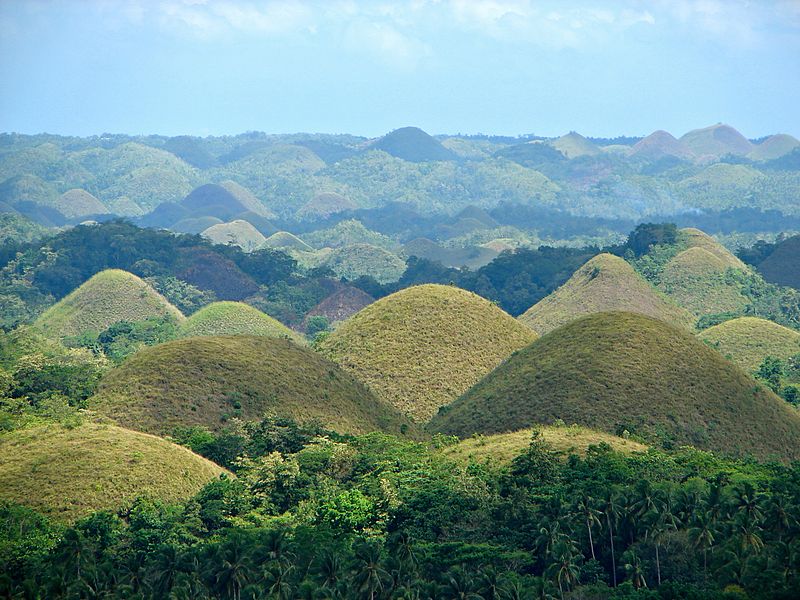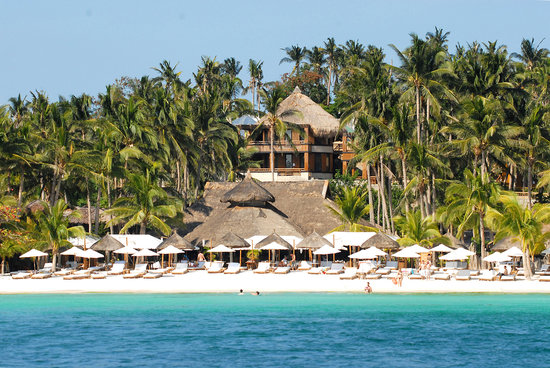INGREDIENTS
- Sweetened red beans
- Sweetened garbanzos
- Sweetened saba banana
- Sweetened sweet potato
- Sweetened jackfrui- Sweetened kaong
- Cooked sago
- Pinipig
- Macapuno
- Shaved/Crushed ice
- Ice cream
- Ube haleya
- Leche flan
- Milk
- White sugar
How To Make Halo-halo:
- Half-fill a tall glass with your choice of sweets. Fill with shaved/crushed ice. Top with ice cream, ube haleya or leche flan. Serve with milk and sugar.
- Sweetened red beans
- Sweetened garbanzos
- Sweetened saba banana
- Sweetened sweet potato
- Sweetened jackfrui- Sweetened kaong
- Cooked sago
- Pinipig
- Macapuno
- Shaved/Crushed ice
- Ice cream
- Ube haleya
- Leche flan
- Milk
- White sugar
How To Make Halo-halo:
- Half-fill a tall glass with your choice of sweets. Fill with shaved/crushed ice. Top with ice cream, ube haleya or leche flan. Serve with milk and sugar.







